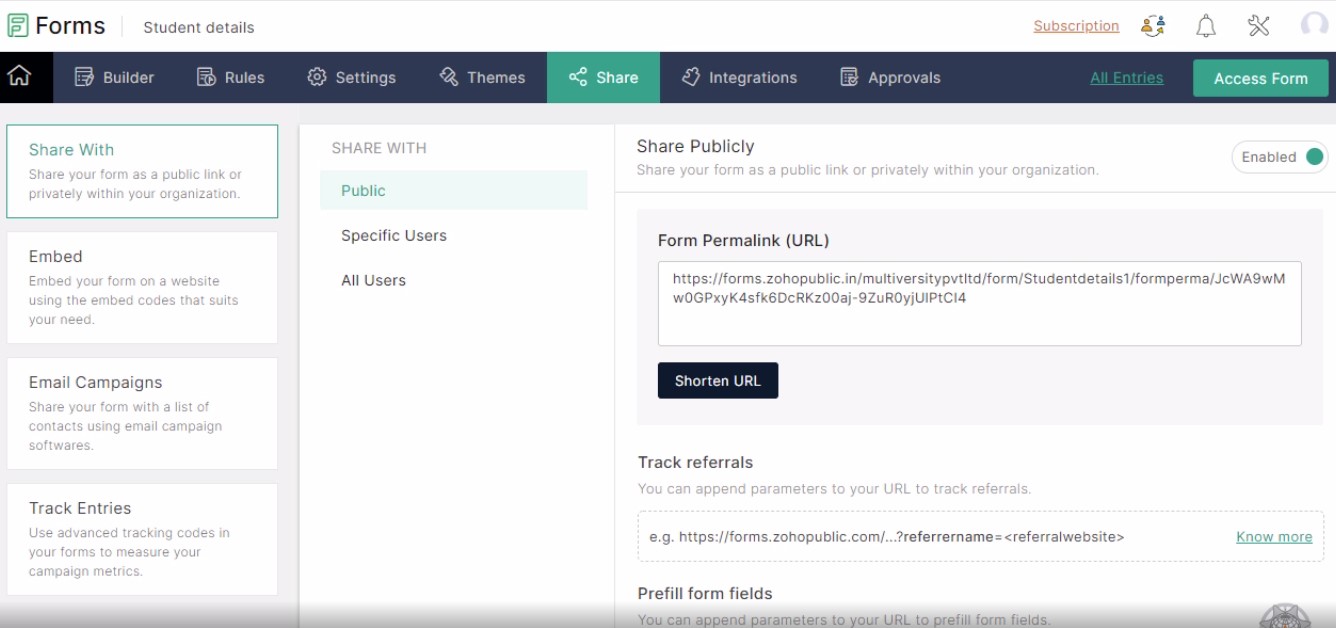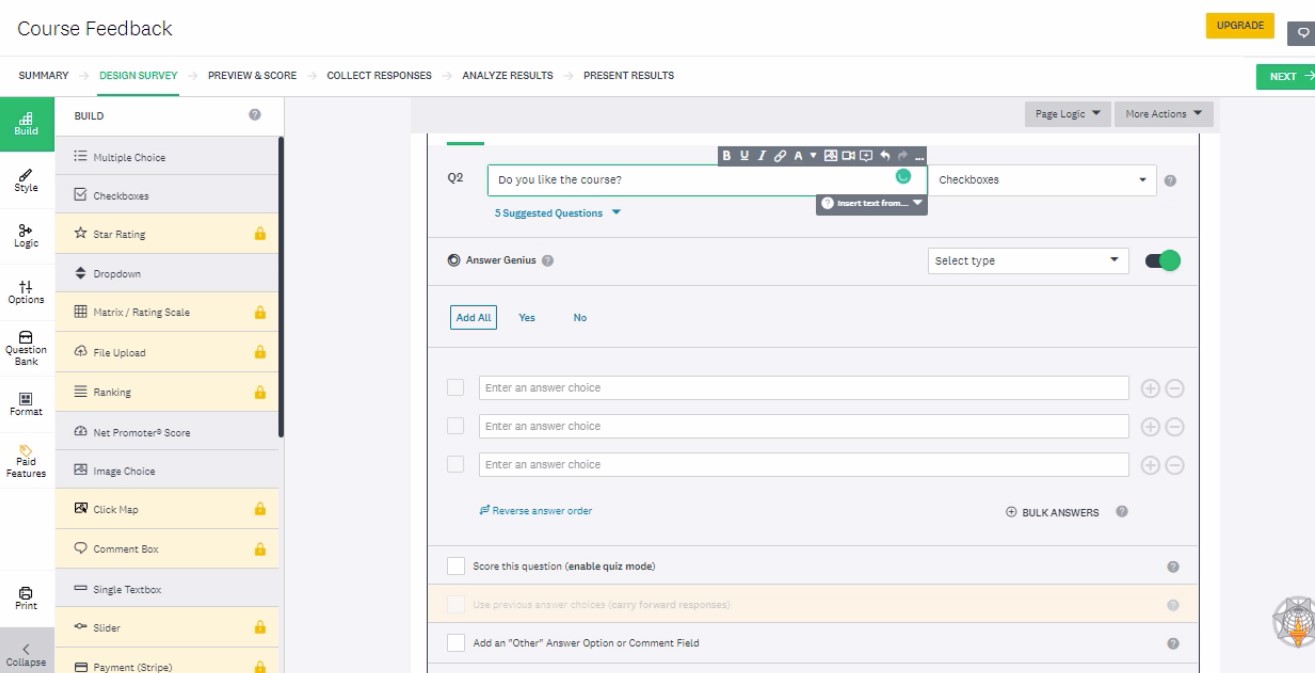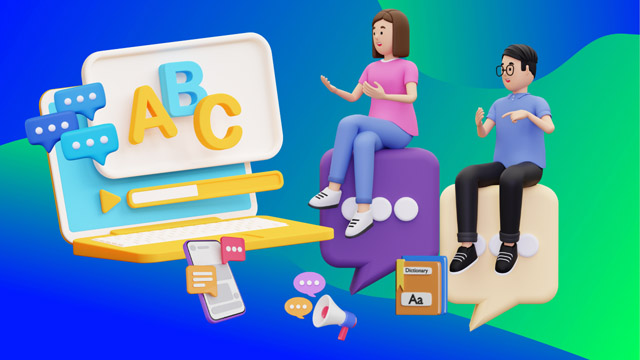After completion of the course, you can get a suitable position in any organization as an Accounts Assistant, Finance Analyst, Retail Store Manager and Data Analyst in any organization.
LEAP Advanced Excel
Excel skills are as important as the subject knowledge. Those who know Excel can find a better paying job. An Excel Expert collects, edits, analyses data, creates data bases and reports. The conclusions made by the data expert are helpful for organizations to forecast the business speculations.
What you'll learn ?
Academic Approach
The academic approach of the courses focuses on the “work-centric” education i.e. begin with work (and not from a book!), derive knowledge from work and apply that knowledge to make the work more wholesome, useful and delightful. The ultimate objective is to empower the Learner to engage in socially useful and productive work. It aims at leading the learner to his/her rewarding career as an employee or entrepreneur as well as development of the community to which s/he belongs. Learning methodology:
- Step -1: Learners are given an overview of the course and its connection to life and work.
- Step -2: Learners are exposed to the specific tool(s) used in the course through the various real-life applications of the tool(s).
- Step -3: Learners are acquainted with the careers and the hierarchy of roles they can perform at workplaces after attaining increasing levels of mastery over the tool(s).
- Step -4: Learners are acquainted with the architecture of the tool or tool map so as to appreciate various parts of the tool, their functions, utility and inter-relations.
- Step -5: Learners are exposed to simple application development methodology by using the tool at the beginner’s level.
- Step -6: Learners perform the differential skills related to the use of the tool to improve the given ready-made industry-standard outputs.
- Step -7: Learners are engaged in appreciation of real-life case studies developed by the experts.
- Step -8: Learners are encouraged to proceed from appreciation to imitation of the experts.
- Step -9: After the imitation experience, they are required to improve the expert’s outputs so that they proceed from mere imitation to emulation.
- Step-10: Emulation is taken a level further from working with differential skills towards the visualization and creation of a complete output according to the requirements provided. (Long Assignments)
- Step-11: Understanding the requirements, communicating one’s own thoughts and presenting are important skills required in facing an interview for securing a work order/job. For instilling these skills, learners are presented with various subject-specific technical as well as HR-oriented questions and encouraged to answer them.
- Step-12: Finally, they develop the integral skills involving optimal methods and best practices to produce useful outputs right from scratch, publish them in their ePortfolio and thereby proceed from emulation to self-expression, from self-expression to self-confidence and from self-confidence to self-reliance and self-esteem!
Syllabus
The syllabus covers the following skills:
- Apply custom formats and layouts
- Create advanced formulas
- Use of Scenario
- Pivot tables and charts
- Manage and share workbooks
- Introduction to Data Management
- How do professionals organize their data?
- Meta Data and Big Data
- Freelance Data Entry Jobs
- Introduction to Typing
- Keyboarding
- Ergonomic Typing
Using different types of keys and symbols in typing Google Docs – Voice Typing Lipikaar App
- Using different types of keys and symbols in typing
- Google Docs – Voice Typing
- Lipikaar App
- Text Formulas
- Text Manipulation Functions
- Apply Custom Data Formats
- Use Advanced Fill Options
- Apply Advanced Conditional Formatting and Filtering
- Apply Custom Styles and Templates
- Use Form Controls
- Prepare Workbooks for Internationalization
- Use Outlines
- Use Custom Views
- Basic Excel Charts
- Use Area, Scatter & Stock Charts
- Use Surface, Radar & Combination Charts
- Create Custom Chart Templates
- Work with Sparkline’s
- Pivot Tables
- Use Pivot Charts
- Create Dashboard using Pivot Table
- Using Power Query
- Use of Macros
- Using Data Tables
- Create Dashboard using Pivot Table
- Using Power Query
- Use What-If Analysis Tools
- Create Scenarios
- Merge Scenarios
- Create Scenario Summaries
- Use Data Tables
- Manage Workbook Versions
- Copy Styles between Workbooks
- Copy Macros between Workbooks
- Use Track Changes and Comments
- Merge Workbooks
- Protect Workbooks for Sharing
- Connect To External Data
- File Conversion from PDF to Word
- Functions
- Apply functions in formulas
- Mathematical Functions
- Financial functions
- Useful Data Functions
- Some Other Useful Functions
- Look up data by using functions
- Apply advanced date and time functions
- Functions for Manipulating Text
- Arrays
- Working with Google Sheets
- Working with Google Forms
- Working with Google Keep
- Using OpenOffice.org Writer
- Using OpenOffice.org Calc
- Using Komprehend
- Using Google Data Studio
- Using Komprehend
- Excel Shortcuts
- Mail Merge in MS Word
- Compare Docs using MS Word
- What is a DBMS and its purpose?
- Types of DBMS
- Examples of DBMS - MySQL, Oracle, etc.
Outputs:
Organizing the data professionally, Using Metadata and Big Data, Internationalization for Excel Workbooks, data segregation using custom formats and layouts, Dashboard creation using Power Query and Power Pivot table, Using Power Map, Connecting Excel workbooks to external data, preparing a checklist for data collection using Canva, Data collection for social media marketing
Creating Macros in Excel

Zoho Forms

Survey Monkey

Evaluation Pattern
Evaluation Pattern of LEAP Courses consists of 4 Sections as per below table:
| Section No. | Section Name | Total Marks | Minimum Passing Marks |
|---|---|---|---|
| 1 | Learning Progression | 25 | 10 |
| 2 | Internal Assessment | 25 | 10 |
| 3 | Final Online Examination | 50 | 20 |
| Total | 100 | 40 | |
| 4 | SUPWs (Socially Useful and Productive Work in form of Assignments) | 5 Assignments | 2 Assignments to be Completed & Uploaded |
MKCL's LEAP Certificate
The certificate will be provided to the learner who will satisfy the below criteria:
- Learners who have successfully completed above mentioned 3 Sections i.e. Section 1, Section 2 and Section 3
- Additionally, learner should have completed Section 4 (i.e. Section 4 will comprise of SUPWs i.e. Socially Useful and Productive Work in form of Assignments)
- Learner has to complete and upload minimum 2 out of 5 Assignments


